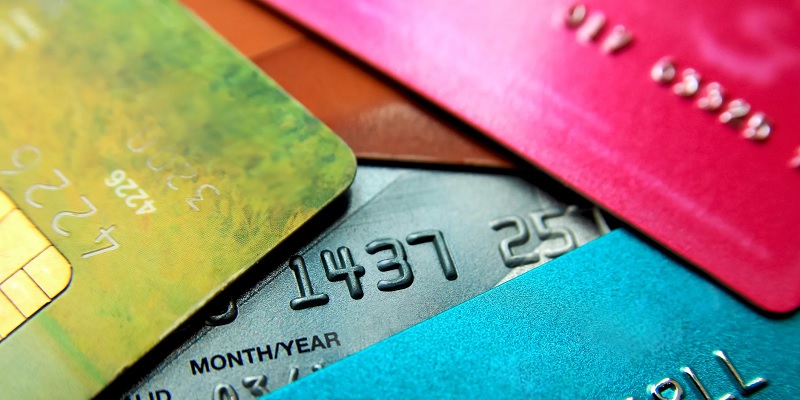 Credit cards provide the ability for you to build your credit in the long run, along with other benefits. However, if you have a relatively high credit utilization, you might be sacrificing some of those benefits. A high credit utilization ratio will harm your credit while posing a higher interest rate as well as having a larger monthly payment.
Credit cards provide the ability for you to build your credit in the long run, along with other benefits. However, if you have a relatively high credit utilization, you might be sacrificing some of those benefits. A high credit utilization ratio will harm your credit while posing a higher interest rate as well as having a larger monthly payment.
To learn more about the impact of credit utilization, continue reading below for all the information you will need.
 |
 |
What is Credit Utilization?
Credit utilization ratio refers to the outstanding credit card balances versus your allotted credit card limits. The percentage represents the borrower’s total available credit which is currently being utilized. Whenever this percentage decreases, it can help a borrower improve their respected credit score in the long run.
For example, if you spent $450 and your credit limit is set at $2,000, then your credit utilization for that credit card would be ~22%. However, if you come across an external expense at $300, then your utilization ratio would increase to 37.5%.
Although this slight jump in expenses might be manageable from a monetary standpoint, it could also affect your credit score, as the credit bureaus would report an increase in your spending and usage.
How Does Your Credit Utilization Affect Your Credit?
Your credit utilization is directly correlated with your credit score. There are different credit scoring models for you to calculate. Therefore, it is difficult to calculate exactly how much impact your utilization ratio poses on your score. Because at the end of the day, we all have unique and different situations and histories.
With that said, if you don’t want your credit utilization to negatively impact your score, a change to your spending habits is definitely in order. Break down your past credit history, the number of cards as well as your necessary monthly expenses to see where you could be saving more.
How Can I Lower My Credit Card Utilization?
Utilize Multiple Cards: If you have multiple cards, try and spread your charges across them monthly. Whenever you use multiple cards to pay for your normal monthly expenses, it can lower your credit ratio. This allows for a more balanced ratio instead of a 30% rate on one specific card. However, note that this method may not always work. Certain credit scoring models will also look at your overall credit utilization vs. individual credit cards.
Pay Off Your Credit Card More Than One a Month: This prevents your balance from getting too high. If you pay off your credit card as early as possible, it could lower your credit utilization. Your credit card issuer will typically report your credit activity to the credit bureaus once a month.
Increase Your Card Limit: If your annual income has increased, then you could ask for a credit increase. However, this step can sometimes result in a hard pull on your credit. I would only recommend utilizing this step if you have maintained a great credit history. If your credit score isn’t as high, you may want to utilize secured or subprime credit cards instead.
Special Considerations
You can always open another credit card to better your credit utilization ratio. However, keep in mind that if you choose to close a credit line, it could have a much higher negative effect. Closing a card will reduce your total credit limit. Keep in mind that the length of your credit history and age of the credit card can also affect your score immensely.
On the other hand, if you are trying to open more credit cards, be wary of the effects. Credit scoring models will consider the number of times a new credit card company has looked at your credit report. If you open too many cards in a short period of time, it could do you more harm than good. Additionally, having too many credit lines could be seen as a risk factor for credit card companies. At the end of the day, you know yourself best. If you think this step could benefit you, then go on ahead. However, do not be too tempted by your new card and overspend.
Conclusion
The whole point of keeping track of your credit ratio is, of course, to better your credit score. The rule of thumb is to spent within your own financial limits while minimizing the utilization ratio. It is recommended that you should keep your utilization below 30%. However, that would, of course, depend on individuals and how you use your credit cards.
If you are unable to maintain your ratio within a reasonable mean, then definitely take precautionary steps towards your monthly spending. On the other hand, if you are interested, be sure to check out our list of bank rates, investment accounts, and even bank promotions that will all be easily accessible to you.




